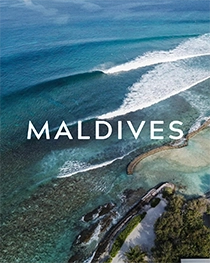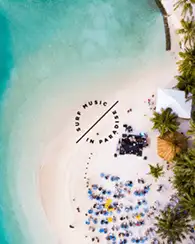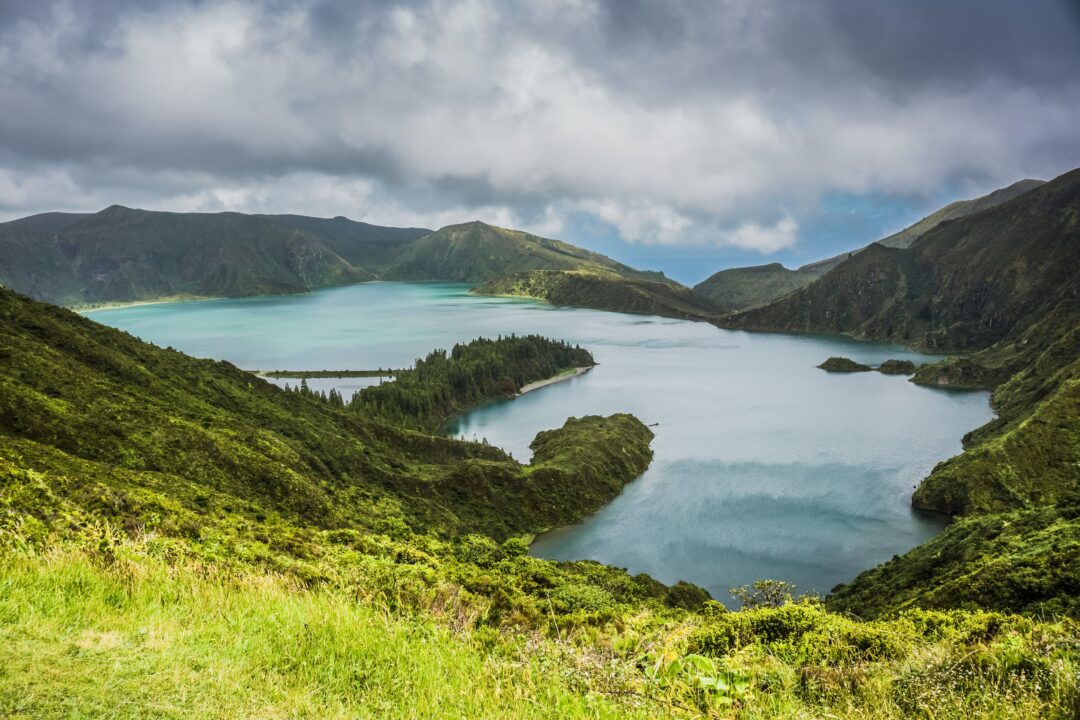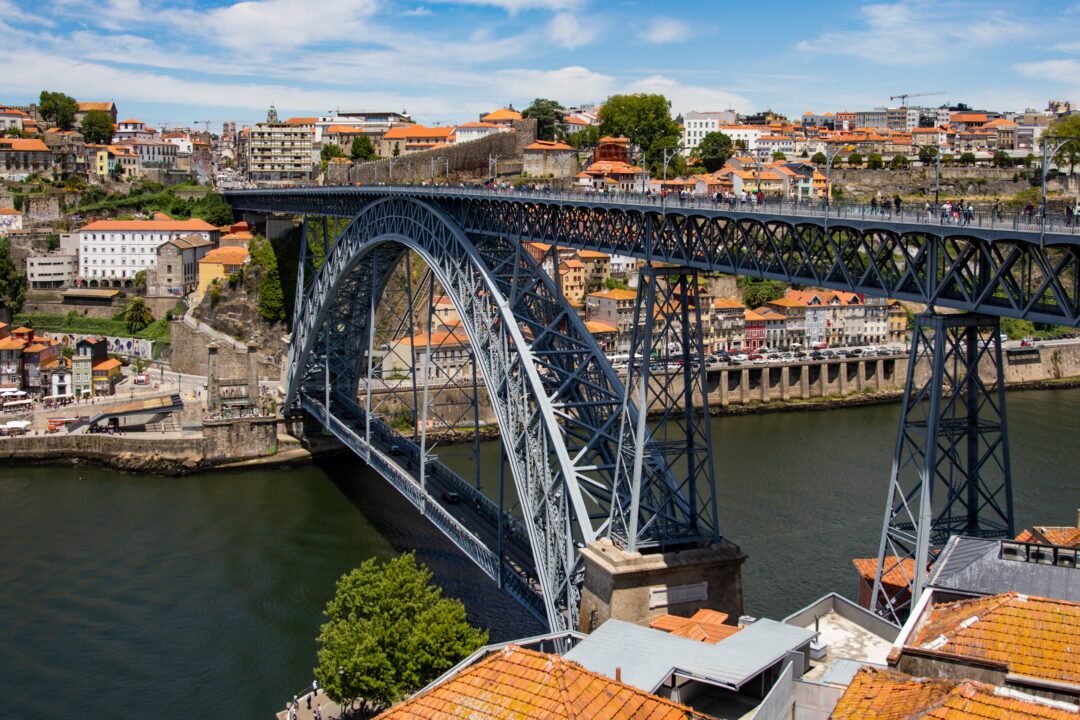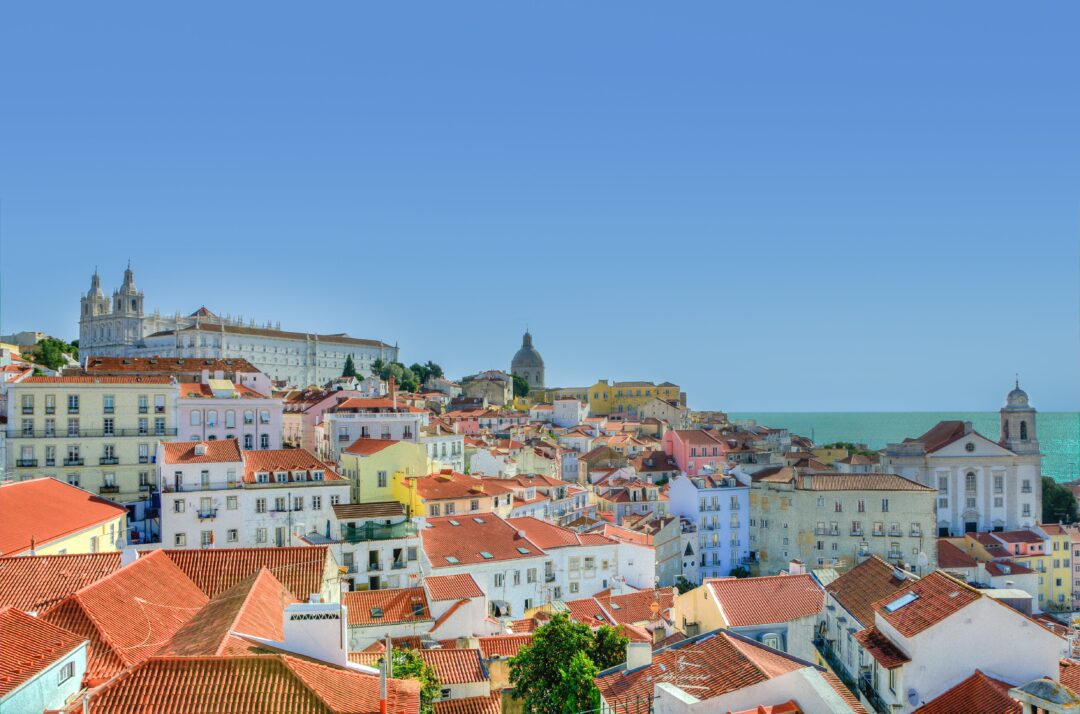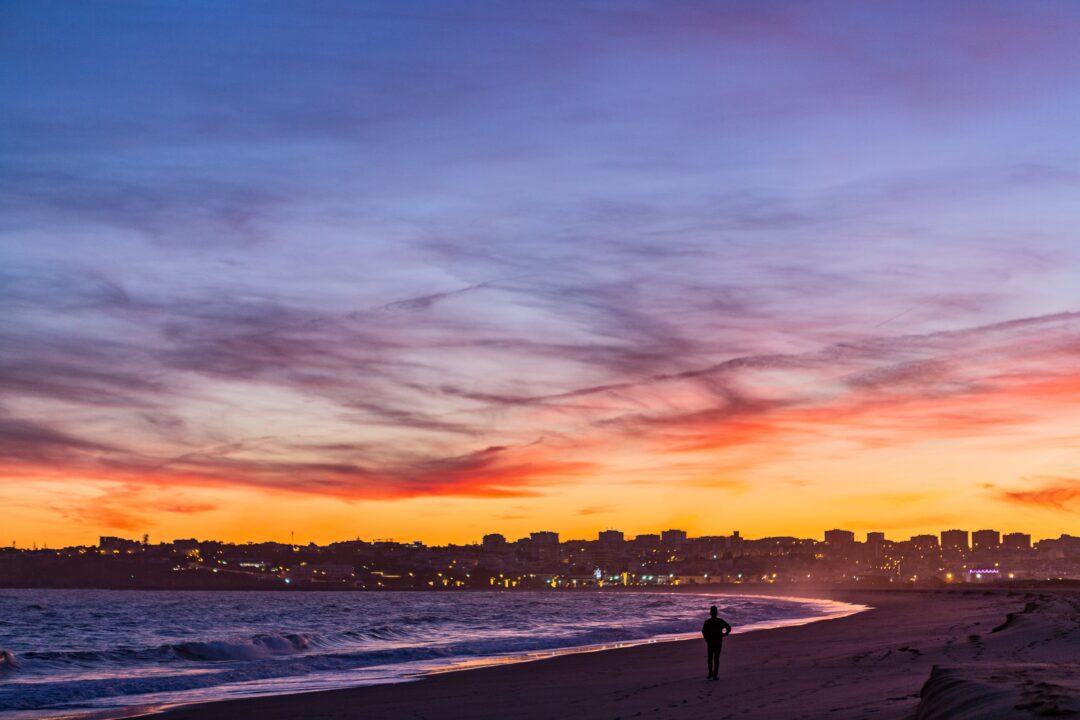Portugal Surf Travel Guide
Portugal’s 1793km of coastline holds the prime location on the Iberian Peninsula and receives a wide range of powerful Atlantic swell due to its short coastal shelf. There is a wide variety of breaks, from giant waves at Nazare to gentle rollers for beginners. The mild climate, consistent water temperatures and stunning cliff-lined coastline make Portugal a popular surf destination for Europeans to escape the cold northern winters.
Quick Facts
Epic coastline with huge variety of reefs, pointbreaks and beachbreaks. Easy to drive from spot to spot.
Great surf culture with government led investment in the sport
Lisbon, “City of the Seven Hills” is one of the most beautiful cities the world. Amazing light, nice people, lots to see from the restaurants and bars to the ancient neighbourhoods.
Receives swell year round and is uncrowded away from well-known surf spots. You’ll find near empty waves between Ericeira and Peniche.
Where to surf
Heading north from the very south in the Algarve the main surf spots are Alentejo, Lisbon, Ericeira, Peniche, Beira and Porto. These are just the regions and each area has loads of quality breaks. The surf hubs of Ericeira and Peniche are the best known, but this is a coast that delivers along its entire length.
Best Surf Breaks
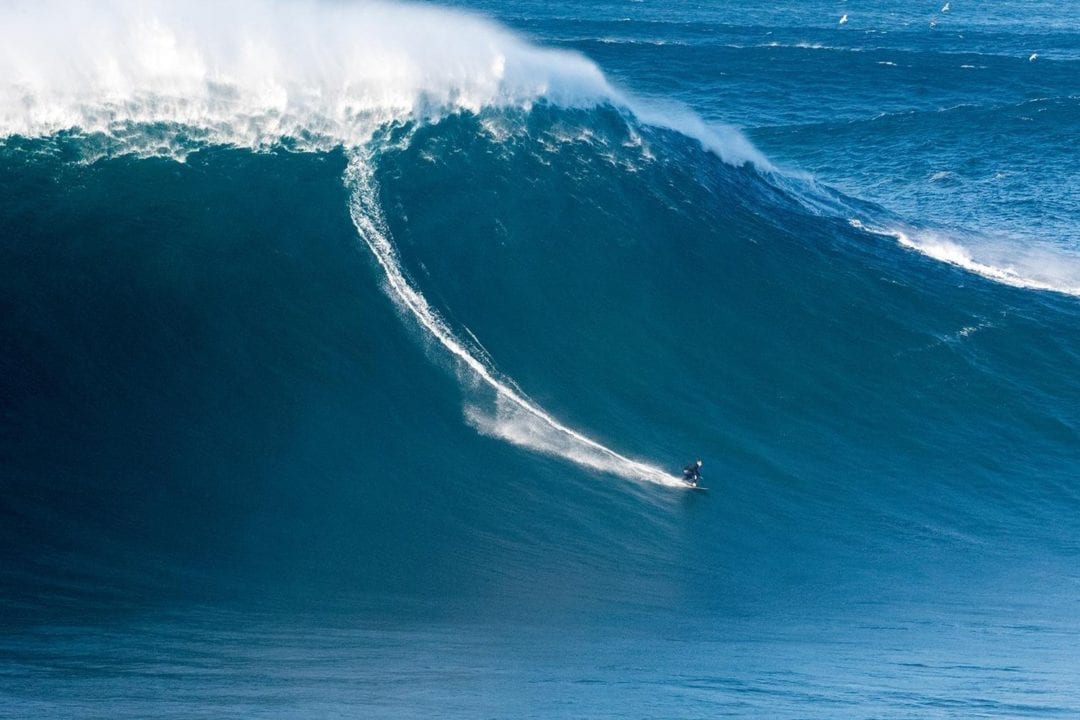

Nazare
Home to the biggest rideable waves in the world. Spectating only!
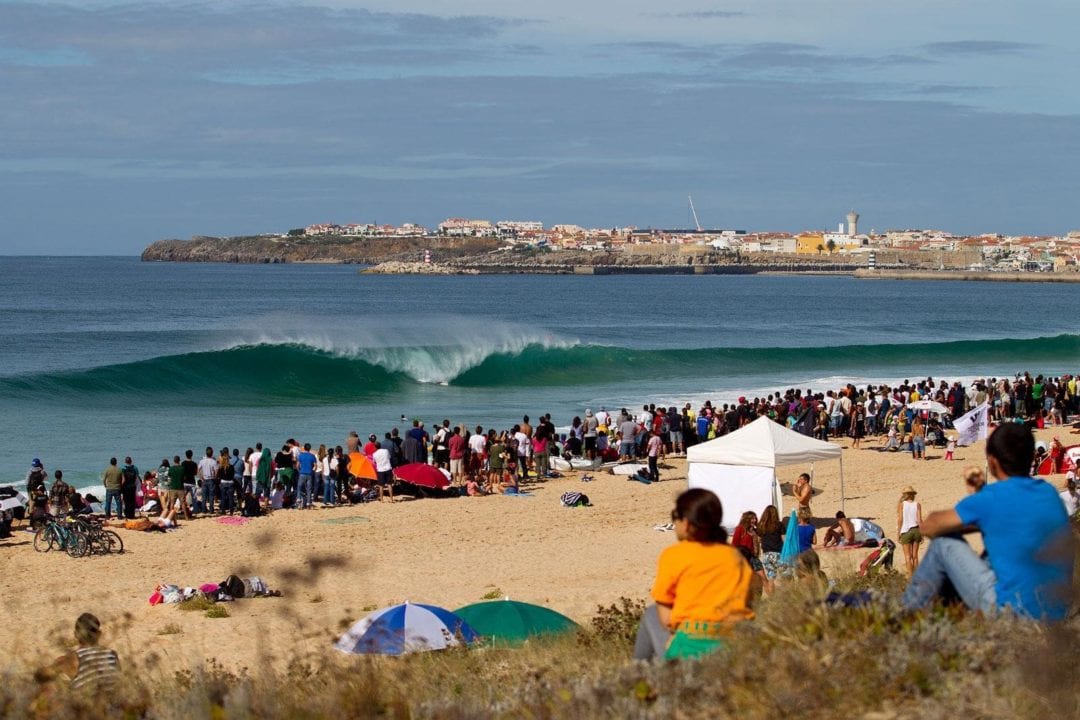

Supertubos
Powerful shorebreak tubes near Peniche that hosts the annual CT competition.
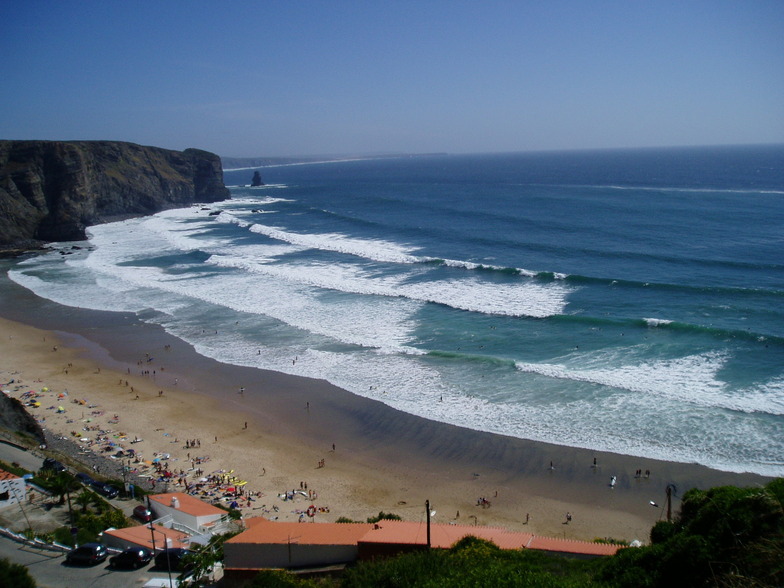

Arrifana
Scenic surf spot showcased by a high cliff. Beach break, usually half the size of other west coast beaches, so still fun when others are too big.
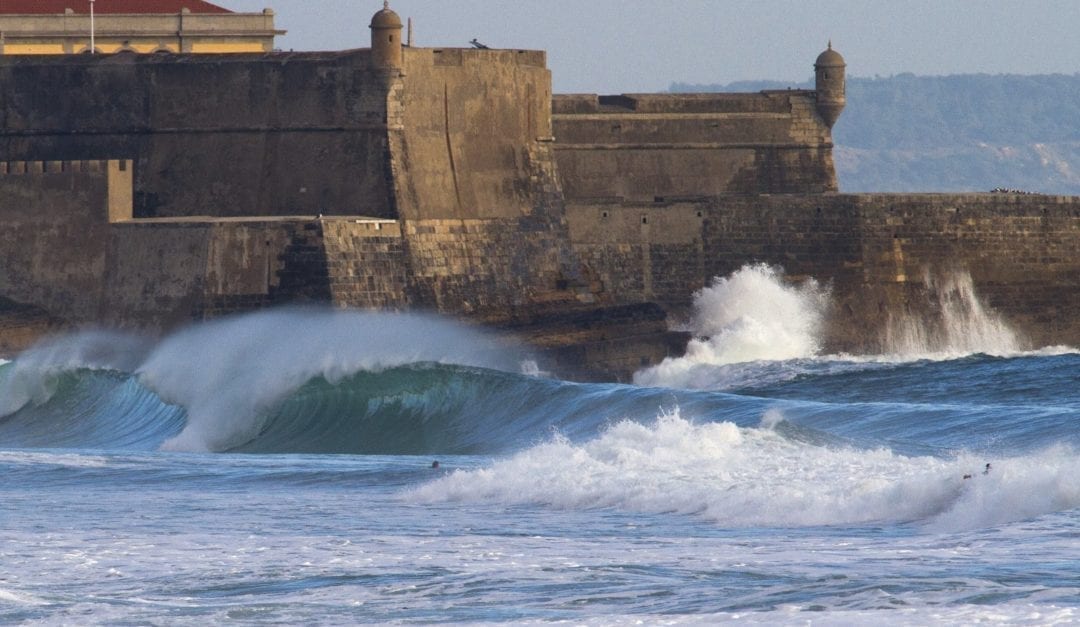

Carcavelos
Prime, barrelling beachbreak close to Lisbon.


Praia do Amado
Large sandy beach with dunes in the Algarve ideal for beginners as it only holds up to two meters.
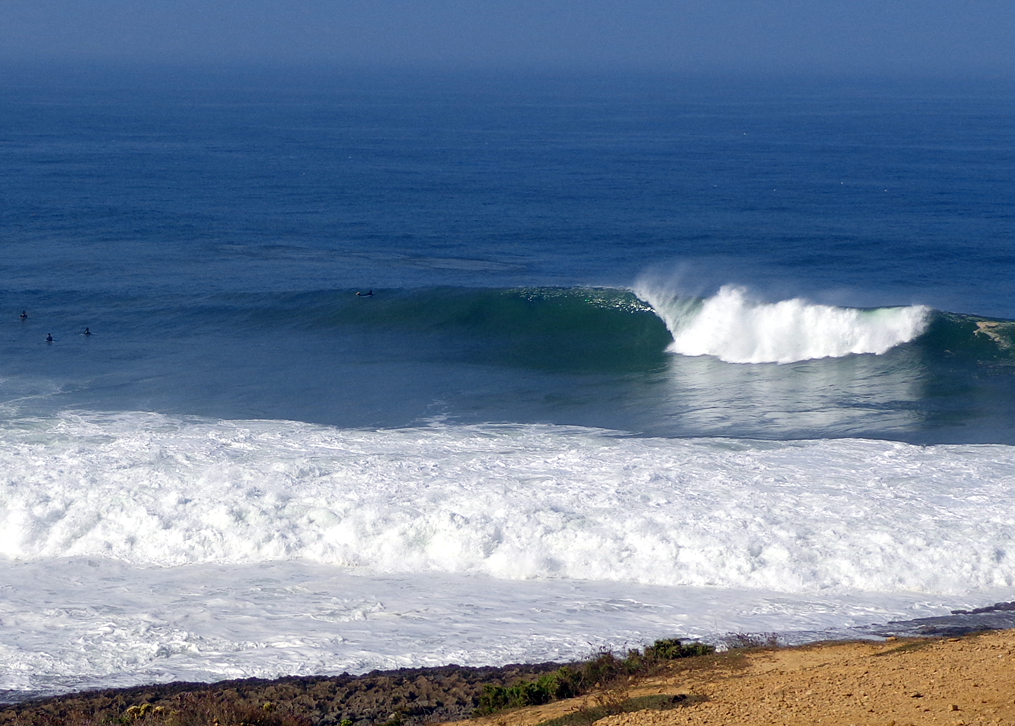

Coxos
One of Europe’s best pointbreaks located near Ericeira. With a low tide and a northwesterly swell, this powerful and hollow right-hand reef break is just flawless. No wonder it’s been dubbed Portugal’s best wave and also one of the best right-handers on the planet!
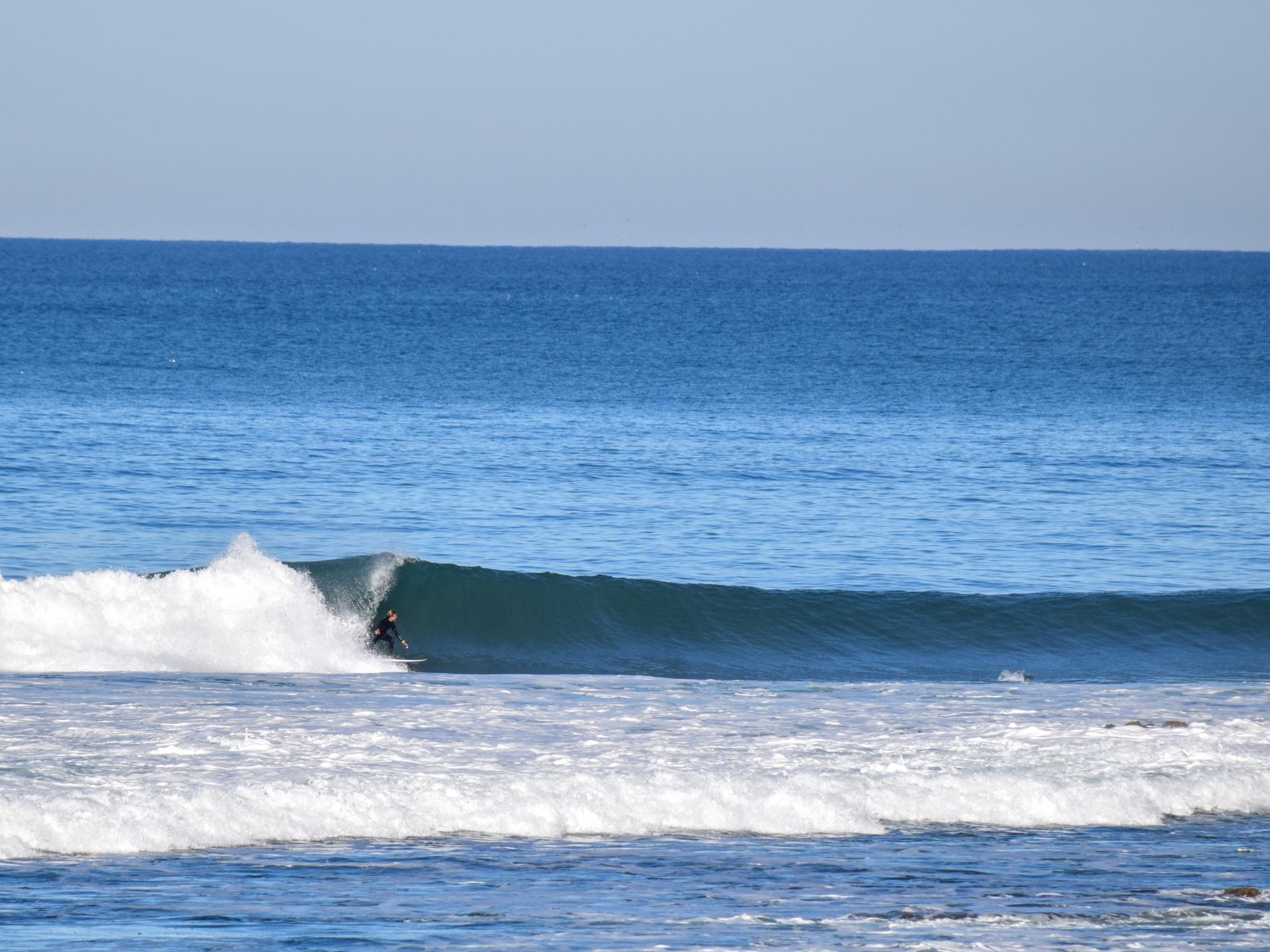

Pedra Branca
The only lefthander of the 4 best spots in Ericeira, has a super shallow (and tight, given the local bodyboarding crew) take-off zone, but if you make it you’ll be rewarded with a wide barrel. Reef can’t handle a big swell but does deliver amazing barrels from 3 to 6ft.
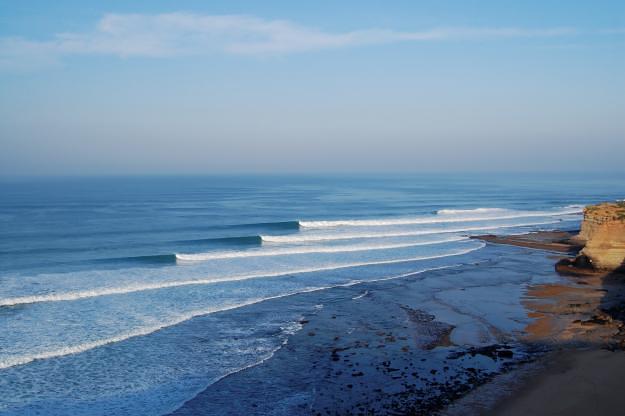

Ribeira de Ilhas
Is very forgiving. Halfway between Coxos and Pedra Branca, Ribeira D’Ilhas is Ericeira’s most accessible reef and one of the most consistent surf spots in Europe. Most of the time, it is a fairly easy wave and can be tackled by beginners and intermediate surfers.
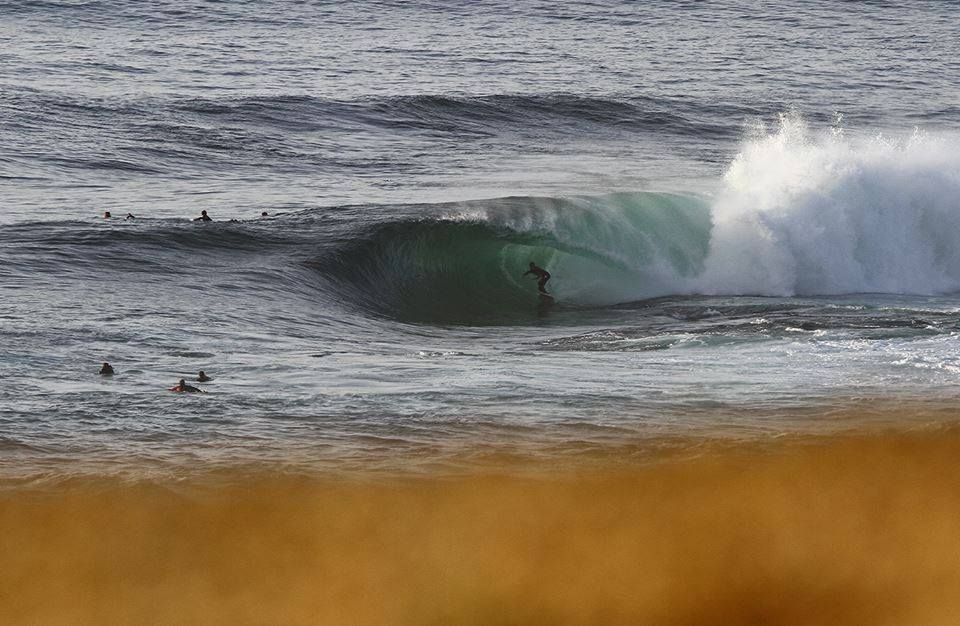

Cave
Is the heaviest wave in Ericeira, famous for its spitting tubes. It starts in deep water and progresses over a shallow reef, breaking in front of a rock. It delivers some of the best spitting tubes in Portugal, and also some of the worst wipeouts. John John Florence got injured here in 2012; that’s how unforgiving it is.
When to go
The climate is Mediterranean and mild. The north of the country is cooler and warms up as you head south. The best surf season is in the European autumn months from September to November when offshore winds groom the first of the winter season North Atlantic northwest swells. Winter is consistent, but can be stormy, while summer has a mix of smaller wind swells and often breezy conditions.
Attractions
The Algarve is known as great activity hub with hiking, rock climbing, sea kayaking and mountain biking all popular. The cosmopolitan capital Lisbon mixes old-world charm and historical surrounds with cutting edge culture. The nearby castle of Sintra is also a must see. Porto is home to the country’s famous port wines. Here you can visit the port caves or venture further east to the vineyards.
The Country
Portugal occupies the western side of the Iberian Peninsula in southern Europe. Spain surrounds the country to the north and east while the Atlantic Ocean provides over 1200 kilometres of coastline to Portugal’s west and south. The climate is mild throughout the year. Historically its power peaked in the 15th and 16th centuries when it became an empire through its pioneering maritime exploration and role in the Age of Discovery. In modern times, after prevailing through several dictatorships and coups, the country has emerged as a forward-thinking democracy and one that has embraced sustainable technology and tourism as the centre of its economy.
Getting There
The two main entry points into Portugal are Lisbon Portela Airport (LIS) and Francisco de Sá Carneiro Airport in Porto (OPO), which serve Europe and North America with international flights. Alternatively, you could arrive to Portugal by road or by boat from other parts of Europe. Once you are in the country, you can move around between destinations by an efficient network of trains, domestic flighst or bus. Taxis, trams and subways are available for local transportation.
Travel Information
Time Zone
GMT
Currency
EUR
Calling code
+351
Electric
230 V – Plugs C, F





